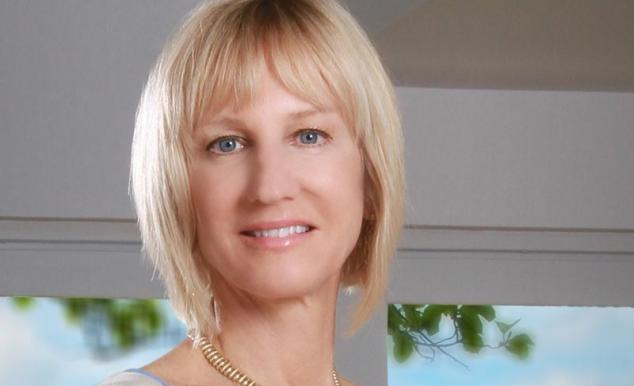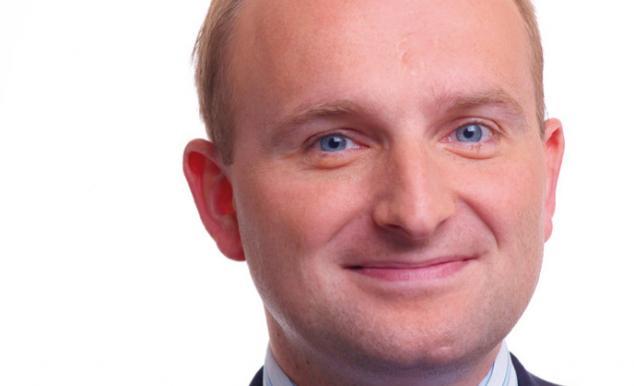Creating Real Value: Strategy and Entrepreneurship
| By Alicia Miguel | 0 Comentarios

For decades, businesses have been involved in creating value; and many think of value as maximizing profits and minimizing costs. There are all sorts of models and matrices to help organizations create this sort of value. But, there is a limit to which a business can maximize profit and minimize cost, and that leads to the question: what do we do next?
Focusing just on profits and costs is unsustainable value creation, purely because of its limitations. It’s not enough to create long-term value. Let’s take pharmaceutical companies as an example. These companies spend months in closed rooms working on probabilities that mostly come down to, based on estimates of future sales, which projects to continue, which to shelve, and so on. These discussions are usually also surrounded by the notion of building a patent that creates maximum value in terms of profit.
What’s missing?
In all the talk about profits and costs, only rarely does the idea surface that the foundation of any pharmaceutical company and its products is curing people. If pharmaceutical companies urged their managers to closet themselves and talk about which kinds of new drugs could cure a dangerous disease, the whole idea of value creation would change. Developing a new, effective medicine for a pressing health problem would lead to new vistas for the company as demand for that innovative drug would obviously be very high — which in turn would lead to higher profits.
Too many managers have a myopic and self-centred view of value, and this is where the problem of sustainability arises. Creating only shareholder value is not sustainable. Shareholder value is not real value; it’s only a part of real value.
Real value is about going beyond trade-offs, it’s about creating shared value. Shared value is comprised of a set of different values bundled together, and inarguably shareholder value is one of them. Shared value, in my opinion, has four arms.
Employee value
Most of us know this as human resources. Instead, I like to call it human assets because I think employees are not resources; they are assets. Some company leaders care about this arm because they understand its importance; others do not because they either do not understand its value or discount it so heavily that the human factor in their business becomes marginal (at least, in their minds). In yet other cases, there is an inattentional blindness; but human assets are central to any business model within any industry or sector, anywhere. While technology has changed a lot of things, there is still a tremendous need for human assets.
Achieving employee value requires that companies create value for their employees in material terms — competitive salaries, bonuses, perks and the like. While material value is a key value in this sense, it is important to bear in mind the gaps between these salaries and bonuses. In other words, the structure for compensation should not have a large variation in an organisation. And, beyond material compensation, employee value also includes intangible factors: the corporate culture as well as such things as work/ life balance, promotion, recognition, career development and so on.
And, when it comes to establishing employee value, I would urge you to add one more important ingredient: reason. How many companies do we know today that give reasons to their people about why they are doing what they are doing? Companies must tell their employees why they are in the business they are in and what sort of value that creates for the other three arms of shared value. Shared value must be established, but it must also be explained to everyone. Very often, when I go into companies, I ask random people what they are doing. When their answers are entirely numbers-based, I know immediately that the growth of the company has a built-in limitation.
Consumer value
This arm is concerned with creating value for consumers through the products and services they buy. From a management viewpoint, there is more to it than just manufacturing products and offering services. Look around: there are millions of products and services available that create no real tangible value whatsoever, and yet they exist.
Let’s take an example of a fresh juice-producing company. The real value that company offers to the consumer lies in producing a beverage that isn’t full of unnatural stuff, that contains all the healthful ingredients so marked on the box, that doesn’t make the consumer fall ill and is reasonably priced. If, in this case, the juice product does not have one of those qualities, it doesn’t create real consumer value. Thus, while companies may sell products that help others increase their material wealth (say, computers that enable people to write business plans or novels), any product or service that has a positive impact on the lives of those paying for it should be considered as demonstrating that the company is committed to consumer value.
Shareholder value
While I have said that maximising profits and minimising cost is not all that is required to sustain and grow a company, it is a part of the story that cannot be left out. No matter how you want to define shareholder value, it entirely links to the material side of an organisation and is largely dependent on a good set of top-line and bottom-line numbers. Such numerical performance, being highly dependent on market and economic conditions, naturally becomes highly uncertain and less sustainable.
Consider, for example, the recent ups and downs of Amazon.com. When the company reported its numbers early in 2012, its profits missed expectations, causing the stock — despite enormous sales numbers — to drop 10 per cent or more. Profits and costs, surely, are topics of daily discussion at Amazon, which realises that it must improve those numbers if it is to prevail in its desire to be considered a company that delivers reliable shareholder value. There is a huge body of literature and research available on this particular arm of value. Every business school teaches this, and quite well; yet, as noted, there is so much more that must be taken into account for a company to thrive year after year. Which leads us to the arm that deals with contributing to society.
Social value
Though many talk about this value and discuss it at the highest levels of the company, the real implementation of this arm is still absent from the majority of companies. Why? Because businesses are supposed to create shareholder value, and social value is too often deemed an unnecessary cost, top managers pay the concept lip service while keeping the corporate wallet tightly shut.
Let me emphasise: thinking about social value as a cost is a mistake. It is, rather, a critical arm of shared value as it includes, among other things, whether a company is living up to its Corporate Social Responsibility (CSR). This is an enormous field of study, but Wikipedia’s definition that ties CSR to the adherence to a ‘corporate conscience’ and to the demonstration of ‘corporate citizenship’ carries, to my mind, a great deal of what it means to provide social value.
Yet, social value goes beyond CSR. It is also about creating value for society through good products and services; being ethical; creating jobs and opportunities; making lives better; cooperating, sharing, and uplifting society — and caring about all the elements of society that are required to sustain any business. For example, those still easy-to-find news stories about companies dumping toxic wastes into rivers are sad not only because of the inherent dangers involved when a company wrecks the environment in which its customers must live. It’s also sad because it reveals a corporate leadership so nearsighted (in terms of social value) that it seems all too willing to undercut the likelihood that it will be able to be profitable in the years ahead. A company with low social value has, in every case I can think of, low strategic value as well.
Think of shared value and its four parts as a diagram. The organisation is in the centre, with employee value to the north, consumer value to the east, social value to the south and shareholder value to the west. All the values are interconnected and share value among each other as well.
The enemy is…
The current global economic climate is evidence that there has been too much focus on one single arm of value, shareholder value; and this has led us into the dark economic times that we face today. Over the recent decades, too many of us in the business world have become self-centred and materialistic.
We, as individuals, should shoulder the bulk of any blame for the current state of the economic world because we run those organisations that do not create real value. We have created many high value creators but few shared value creators. If we build our tomorrow on all four arms of value, we will move away from dark economic times and build a sustainable world. It may sound naïve, but creating shared value is the best way to ensure shareholder value while also prudently managing the other elements of the business value chain that have an impact on the profitability and sustainability of your organisation.
Article by Inam Ul Haq, Managing Director of LAM, a global consulting company based in Mexico City. This article was first published on Business Strategy Review, London Business School














